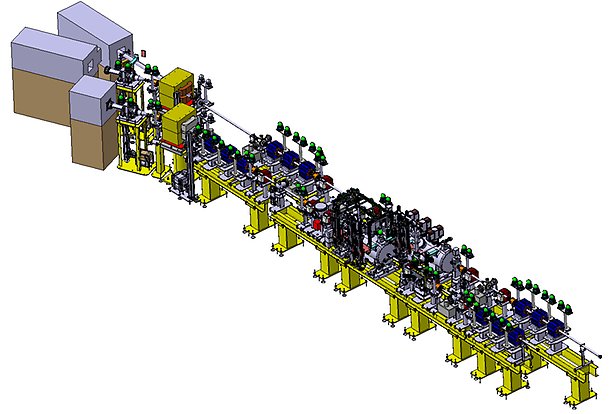Accelerator Physics

Accelerator physics deals with the physics of charged particle beams and the design, construction, operation, and optimization of particle accelerators.
Recently we have mostly worked on three projects: CLIC at CERN, XFEL at DESY and FREIA for the ESS.
The physics behind particle accelerators is deceptively simple. Charged particles are accelerated if put in an electric field. In practice, however, the technical challenges to achieve the desired qualities of the accelerated particle beams are huge.
Particle accelerators are used for research into the smallest constituents of matter, but also in medicine and material sciences.
CLIC
Since 2006 we work on the development of novel acceleration methods for the Compact Linear Collider (CLIC). We have built and now operate the Two-beam test stand for the CTF3 facility at CERN. Recently we showed that a highly intense beam generates sufficient microwaves to accelerate a second beam to high energies in a short distance, which is a key requirement for CLIC.
XFEL
For the European X-ray Free-electron laser (XFEL), under construction in Hamburg in Germany, we build the laser heater system as a Swedish in-kind contribution to the EuXFEL. In the laser heater we superimpose a laser and an electron beam in a special magnet in order to carefully control the distribution of energies within the electron beam to prevent unwanted instabilities without jeopardizing the lasing process.
FREIA
In FREIA we develop and test part of the acceleration system for the European Spallation Source (ESS). This comprises the power generation system for the microwaves, the super-conducting resonators in which the beam is accelerated, and the cryogenic facility to cool the resonators to 2 Kelvin.
Contact
- Programme Professor
- Arnaud Ferrari
- Head of Division
- Rikard Enberg
- Contact details for High Energy Physics
